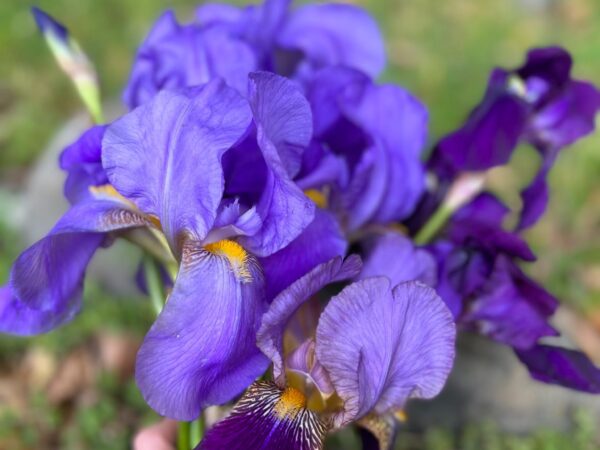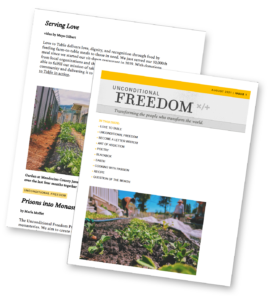by Jack Elias, CHT
Author of Finding True Magic and The Outrageous Guide to Living Fully, as well as a gifted coach and counselor, Jack Elias has practiced Buddhist meditation and psychology for 55 years.
Why is it essential to be kind to ourselves? It’s astonishing that this question would even come up, but it’s more astonishing how many of us don’t think we deserve kindness — a tragic tribute to demeaning childhood programming and trauma.
Let’s consider some ways we can get to know how our minds work. We need to know our minds pretty well because we can use our minds to focus kind thoughts towards ourselves. For many of us, sadly, the mind is habituated to generate unkind thoughts towards ourselves. Here are five ways we can change that and start to enjoy living our lives with minds that are friendly to us.
Five Ways to Turn the Mind Toward Self Kindness
- Practice noticing our first thoughts in the morning. Generate a kind thought of self-regard as soon as we can. It can be simple: “I will be kind to myself and others today.”
- Become aware of our last thoughts before we fall asleep. Practice thinking a kind thought as our last thought such as, “I give my subconscious mind permission to take me into a healthy, rejuvenating sleep cycle all night long.” We may not experience a change right away, but with regular practice, this repeated act of self-kindness will definitely have a positive effect.
- Notice specific things to be grateful for all day long. Be grateful for little things, like our clothes, our ability to see, hear, feel, smell, or taste. Add anything else we’re grateful for that we may not normally notice, much less take time to appreciate and feel good about. Take to heart how different our lives would be without these “little” things so that we recognize that we are actually grateful for them.
- Appreciate that our awareness is naturally kind. When we step out of habitual mental patterns (our speedy personal melodramas) and focus our awareness on anyone or anything without adding a story to them, we easily see that the nature of our awareness is kindness. Think about that! When we break out of habitual focused activity, and actually wake up in a moment of present-focused awareness, we’re welcoming the existence of whatever we are focusing on. We are welcoming it into our awareness, and that is kindness.
- Understand that being kind “on the outside” radiates kindness on the inside. The next time we feel stressed or anxious, instead of struggling with that feeling, look around and briefly but genuinely focus on a few different objects and name them. “I see this pen.” “I see this chair.” “I see my toe.” “I see the plant.” “I see the sky.” We do this in a relaxed way for five minutes and then check our mental and emotional states. We may discover that we don’t have to focus on the stress or anxiety to “deal” with life.
When we are swept away in habitual thinking and activity, we are disregarding our true self in favor of our melodramatic, speedy “self” — which is not a “self” at all. It is an act, a role that we’re playing. The more absorbed we are in our act, playing our role, the less kind we are toward our true selves. Speed, stress, and anxiety are, after all, just different ways we squeeze our mental, emotional, and physical “bodies.” Squeezing ourselves like that is always unkind. Releasing that squeezing is an act of self-kindness.
Go slow and practice simply — no pressure, no performance standards. If we accept the invitation to practice these five ways of being kind to ourselves, we’ll soon discover that we’re simply noticing our own awareness generates goodness in the world and that goodness resides within us.
Before we drift off to sleep, in our last waking moment, affirm our basic goodness:
“I, as much as anyone else, deserve respect and kindness.”

 Get access to the monthly Rehumanization Magazine featuring contributors from the front lines of this effort—those living on Death Row, residents of the largest women’s prison in the world, renowned ecologists, the food insecure, and veteran correctional officers alike.
Get access to the monthly Rehumanization Magazine featuring contributors from the front lines of this effort—those living on Death Row, residents of the largest women’s prison in the world, renowned ecologists, the food insecure, and veteran correctional officers alike.